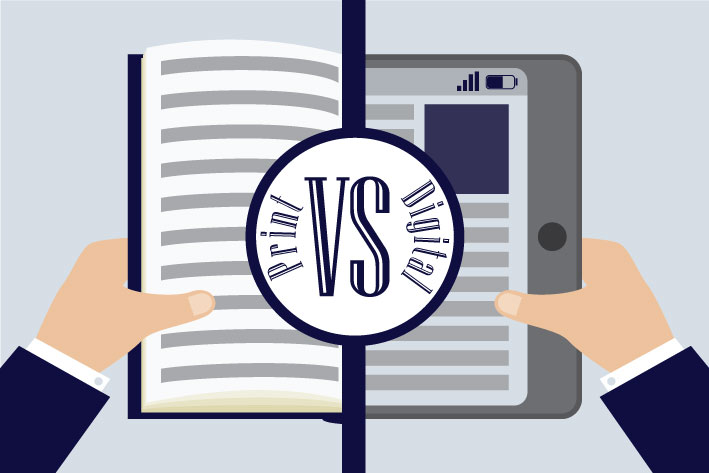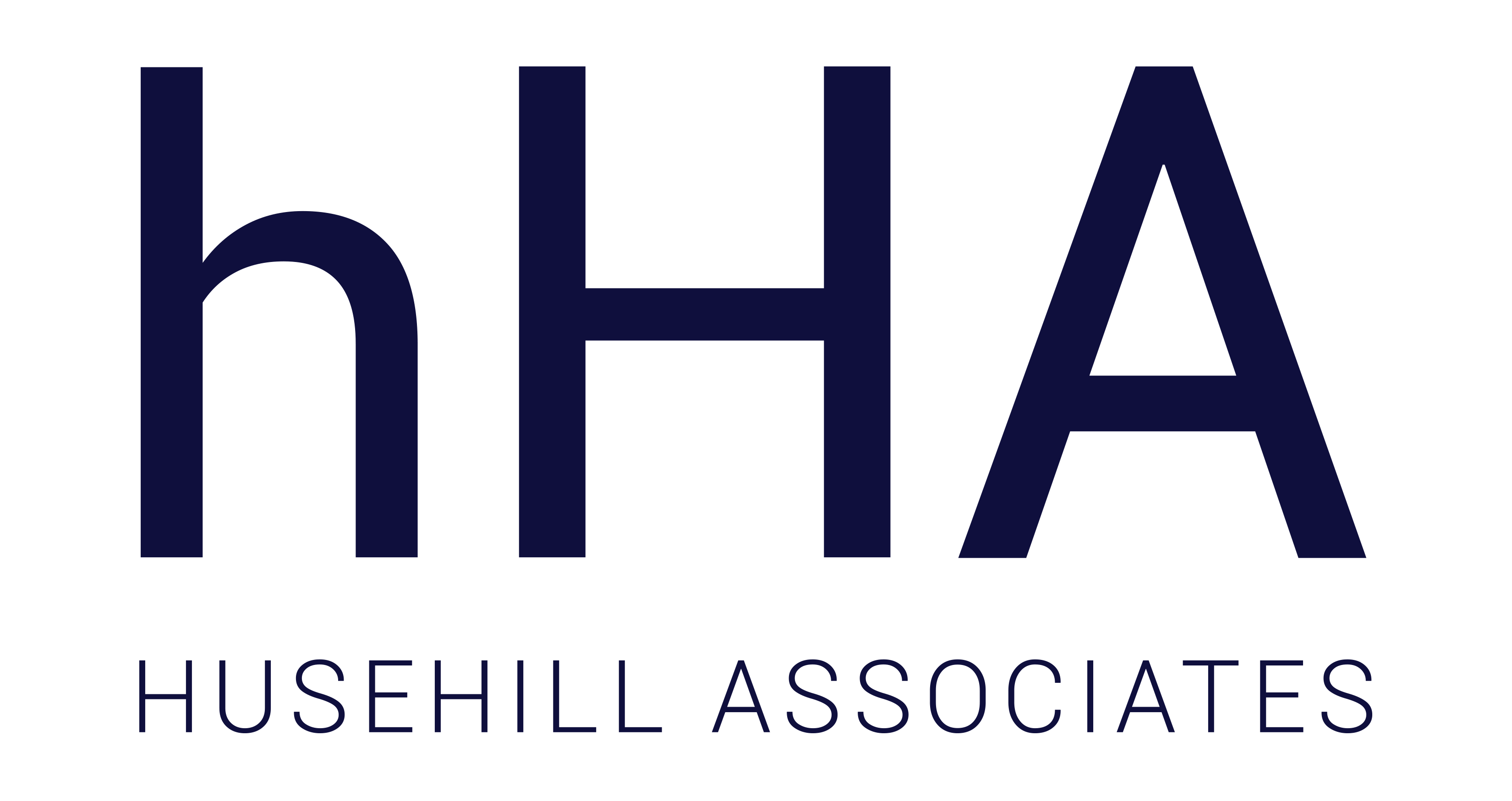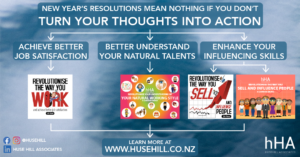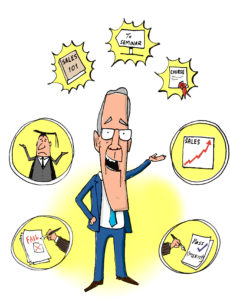Post Statistics
This post has 906 words.
This post has 5392 characters.
This post will take about 4 minute(s) to read.

Bill Gates once famously proposed the “Paperless Office”, where he would do all his business via screens instead of using paper.
It sounds efficient. Less paper means less costs, less mess, more space, no need to hunt around for your pen and paper every time you write something down.
For Bill Gates, this works brilliantly. His preferred method of communication is email and he structures his entire communication system around receiving and sending them to clients, employees, shareholders, friends and family, everyone. He carries around a tablet which is synchronised with his desktop computer so that everything is synched and catalogued and available for where and whenever he needs it. The model of efficiency! With tablets, PC’s, smartphones, everything is all kept online and out of sight.
However, if on-screen is the best way, why are we still using paper?
Studies have shown that when it comes to comprehension, paper may still be more effective than digital.
For one thing, it’s tangible. You can touch it, smell it, hear it ruffle between your fingers. You can even taste it if you want! (though I wouldn’t recommend that). With paper, you can use the full range of your senses to interact with the text you’re trying to comprehend if you needed. With digital, you only have the one surface to interact with. Only the smell of the tablet, phone or PC.
Studies have shown that when being mapped out with a CATscan, reading off paper, the information is taken into the optic nerve and travels directly to the comprehension part of the brain. Whereas reading digitally, the information goes through the optic nerve to the other hemisphere of the brain and travels back through the central cortex back to the comprehension area. It is a double process that takes longer for the information to get processed as opposed to reading print.
There is also the Mental Map. The mental map is where you can see the entire page in one glance, like an actual map. It gives you context much like seeing where a street is amongst a suburb. When you read the text, you can flip through pages and go over what you need, to give context and understanding the text. On-screen however, tapping through the pages doesn’t give you the sense of how far or how near the information you need to reflect on is, in order to understand what you’re reading. Imagine if you were reading about a particular action for changing the view for your Contacts in Outlook and you needed to refer back to an earlier chapter about Contacts. In having already read the book physically, you instinctively know whereabouts in the book you need to flip back to, to find the pertinent information. Whereas with an ebook, the only guide you really have is the scroll-bar or chapter-breaks.
Scrolling through a text is also an active thought-process. In continually being aware and actively scrolling through text on-screen, the less attention is given to understanding what is being read.
The main reason for the push to not print emails is to save paper. To conserve trees and ultimately save forests. Believe it or not, the push to conserve paper by not printing out emails may actually be counterintuitive in terms of saving forests and trees. Retirement and Superannuation funds invest heavily in forestry. Not only does that mean cutting down and processing timber, but also re-forestation and re-planting trees in order to maintain an active and cyclical resource. The drive to pull out of forestry with the aim of saving trees and forests means there is less incentive to re-plant and re-populate those trees as there is no profit in replacing the resource we already took.
So, not using the resource for the reasons of conservation, we may actually be making the situation worse.
Another way to envision the entire process is to imagine forestry and timber as similar to crops. We plant crops, they grow over the season, then we harvest them before the winter and we re-plant more crops. Trees obviously have a much longer growth period, but the concept remains the same. If we continue to use the resource, then we have an incentive to maintain that resource. In inhibiting ourselves, we have less drive to want to maintain the forests that remain.
There is also our feeling for books. People will often use their brain to justify what their hearts really want. Ebooks and e-reading is still a new technology. Having read through books and paper for centuries, it would still take a long time for us to completely change over from one technology to another. The comfort of snuggling up to a book on a beach or by a fire. The feeling of completion when you write or print out the very last page of an assignment or project. The anticipation of turning the page of a picture-book that you’re reading to your child.
We have built up such a romance over our relationship with books and paper, that it’s no wonder people are very reluctant to let it go. As efficient as it may sound, not all of us are ready for the paperless office.
Fortunately for you, you don’t have to pick sides when it comes to ordering Revolutionise The Way You Work Using Microsoft Outlook, 2016 version.



